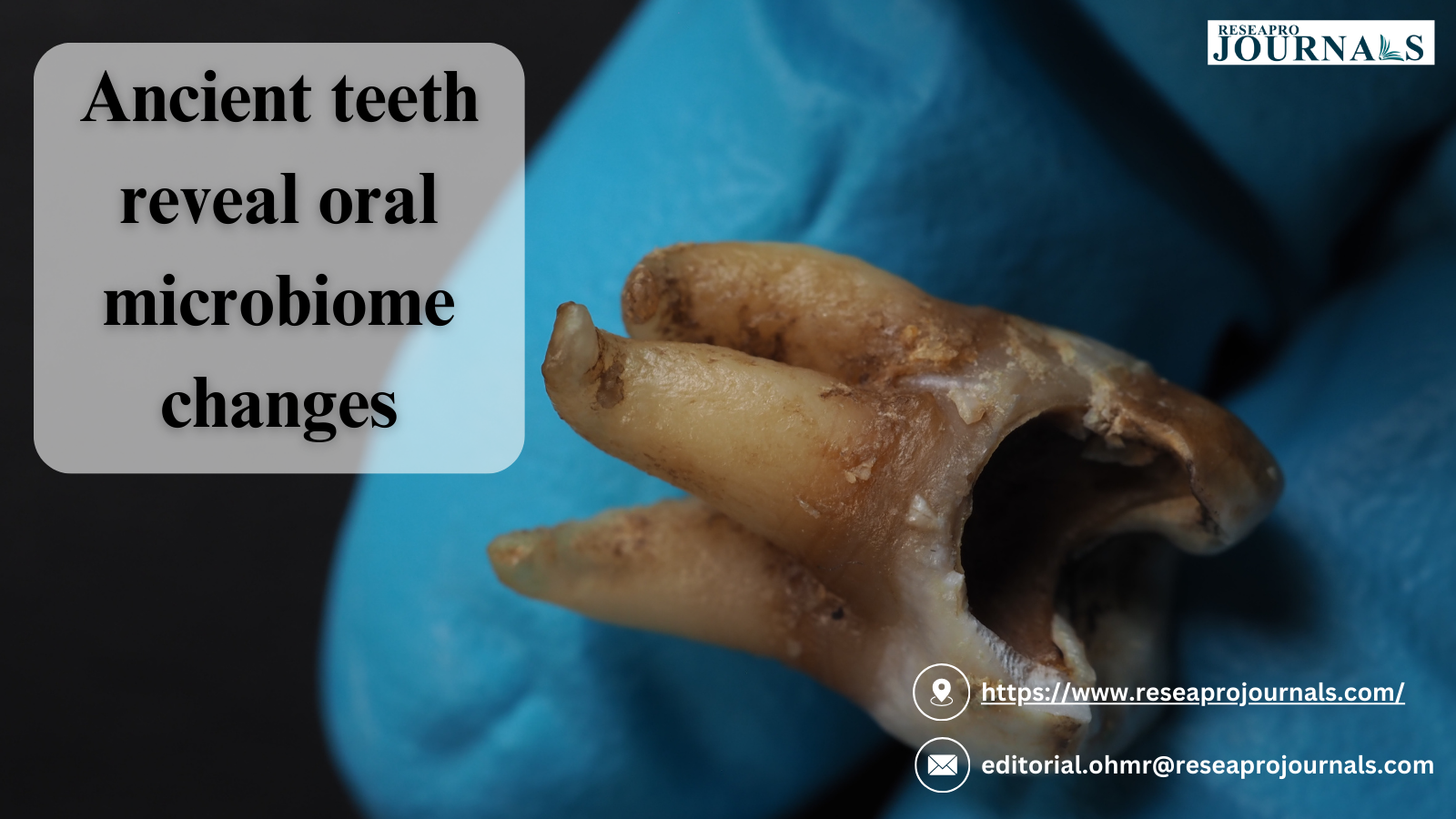
Researchers at Trinity College Dublin have recovered exceptionally well-preserved microbiomes from two teeth dating back 4,000 years, found in an Irish limestone cave. Genetic analyses of these microbiomes reveal significant changes in the oral microenvironment from the Bronze Age to today. Both teeth belonged to the same male individual, offering insights into his oral health.

One notable discovery was the presence of a large amount of Streptococcus mutans DNA in one of the teeth. S. mutans is common in modern mouths but rare in ancient genomic records, likely due to its acid-producing nature, which decays teeth and destroys DNA, preventing plaque from fossilizing. Unlike most ancient oral microbiomes retrieved from fossilized plaque, this study targeted the tooth directly.
Another reason for the rarity of S. mutans in ancient samples may be the lack of suitable habitats for this sugar-loving species. Increased dental cavities in the archaeological record are observed after the adoption of cereal agriculture thousands of years ago, but a significant rise has occurred in the past few hundred years with the widespread availability of sugary foods.
The teeth were part of a larger skeletal assemblage excavated from Killuragh Cave, County Limerick, by the late Peter Woodman of University College Cork. While other teeth in the cave showed advanced decay, the sampled teeth had no visible cavities. However, the high amount of S. mutans DNA indicated a severe imbalance in the oral microbial community.
The absence of other streptococcal species in the tooth suggests that S. mutans had outcompeted them, disrupting the natural balance of the oral biofilm and leading to a pre-disease state.
The research also supports the “disappearing microbiome” hypothesis, which suggests modern microbiomes are less diverse than those of our ancestors. This loss of biodiversity is concerning for human health. The Bronze Age teeth produced highly divergent strains of Tannerella forsythia, a bacteria linked to gum disease.
